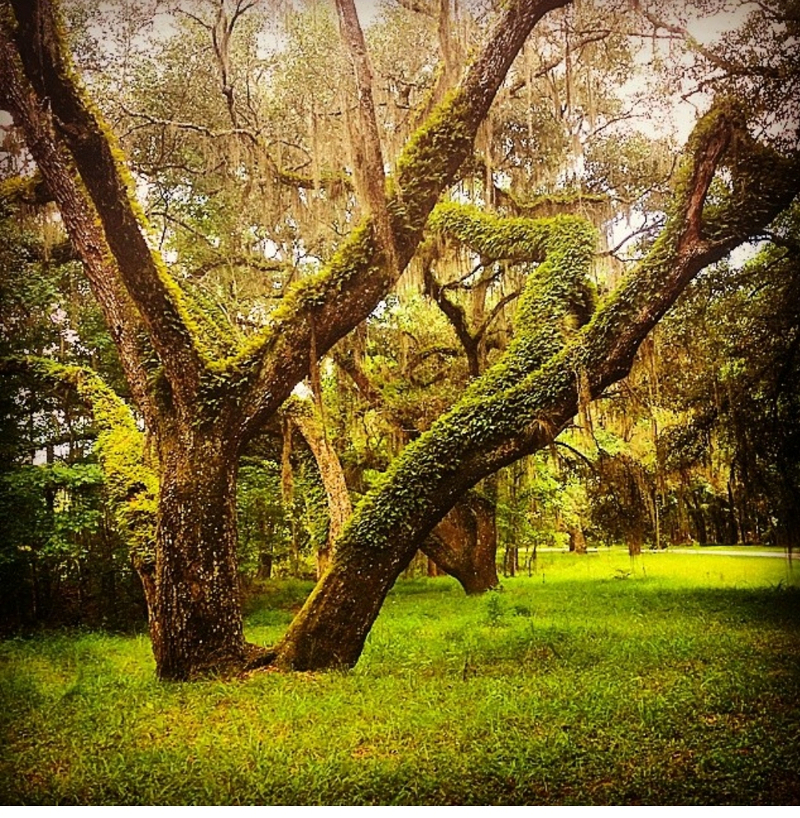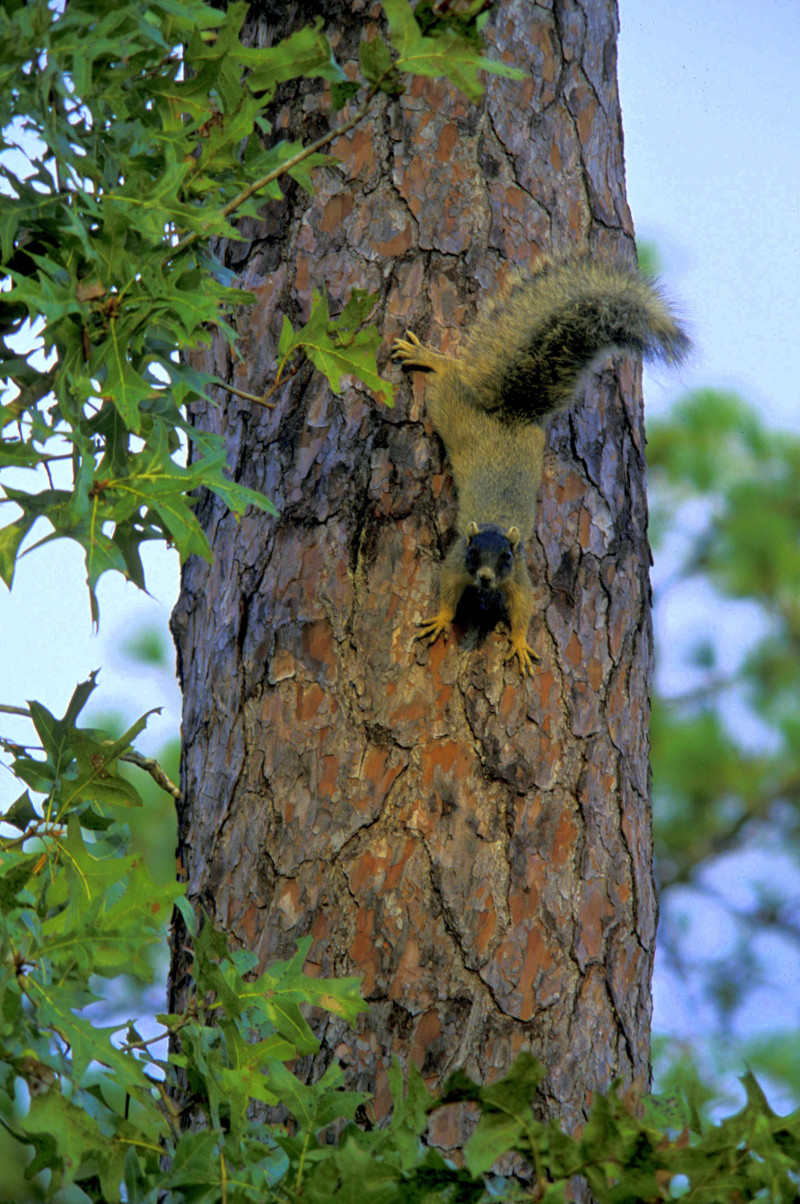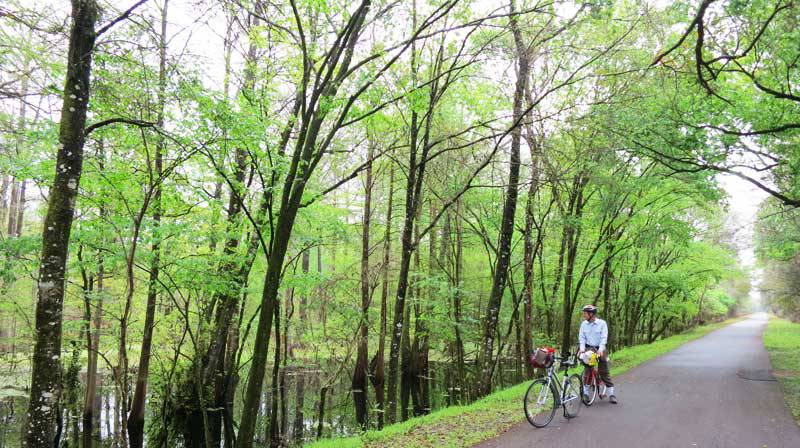
Wild Places of the Withlacoochee State Trail

While wildlife and natural habitats may be seen along the entire length of the Withlacoochee State Trail, certain sections of the trail, such as those that run through the Croom Wildlife Management Area and the Withlacoochee State Forest, offer some of the best chances of feeling one with nature. Many peaceful vistas can be seen in even just a short trip down the trail, and you never know what you might see around that next bend!
Although the trail itself is human-made and paved, this pathway through the heart of Florida is a journey through six distinct habitats, allowing a glimpse of inhabitants of some of the state’s wilder places. A significant feature is the high and sandy Brooksville Ridge that the trail runs along, as well as the proximity of the Withlacoochee River and its drainage basin that parallels the trail.
The trail traverses two types of mixed hammock in the northern stretches as well as a section south of Inverness that are resplendent with the live oaks and cabbage palms that many have come to associate with Central Florida. A tiger or zebra swallowtail butterfly may be seen drifting lazily on the breeze, and you may get the treat of spotting the distinctive shape of a swallow-tailed kite soaring high above the trees.

Once the dominant natural community along the trail corridor, sandhill habitat still remains today in the Croom Wildlife Management Area and Fort Cooper State Park. Longleaf pine, turkey and sand post oaks and a golden wiregrass groundcover distinguish this habitat from all others.
In the sandhill’s open, sunny views, the tiny red flash of a woodpecker or the chittering warning of a Sherman’s fox squirrel make up the sights and sounds of nature.
The park’s two imperiled species are also found here: the butterfly sand pea, an important nectar source for pollinators, and the gopher tortoise, a keystone species whose sand-dug burrow provides a safe refuge for many other animals.

The alluvial forests found along the Croom tract and within the Withlacoochee State Forest provide a vibrant green landscape that is cool and shaded after the sunlight of the sandhill. Overcup and laurel oaks, hickories, elms and maples make one feel like they are traveling through Pennsylvania or New York in the middle of summer, and white-tailed deer, raccoons, opossums and indigo snakes (if you are very lucky) may be encountered as well.
The final and, some would argue, most scenic areas of the trail are the cypress swamps of the backwaters of the Withlacoochee River from which the trail gets its name. Found throughout the trail's 46-mile length, but especially where it nears the river, these swampy areas are difficult to mistake.
Flooded ground finds only the hardiest and most water-loving species able to survive, with many species of wading birds and alligators navigating between the exposed roots of bald cypresses, tupelo species and water hickory.

There is much to see and experience along the Withlacoochee State Trail, if only you take the time to look. The diversity of life found along this old rail bed is truly unique and makes the trip well worth the time.
We hope to see you here soon.